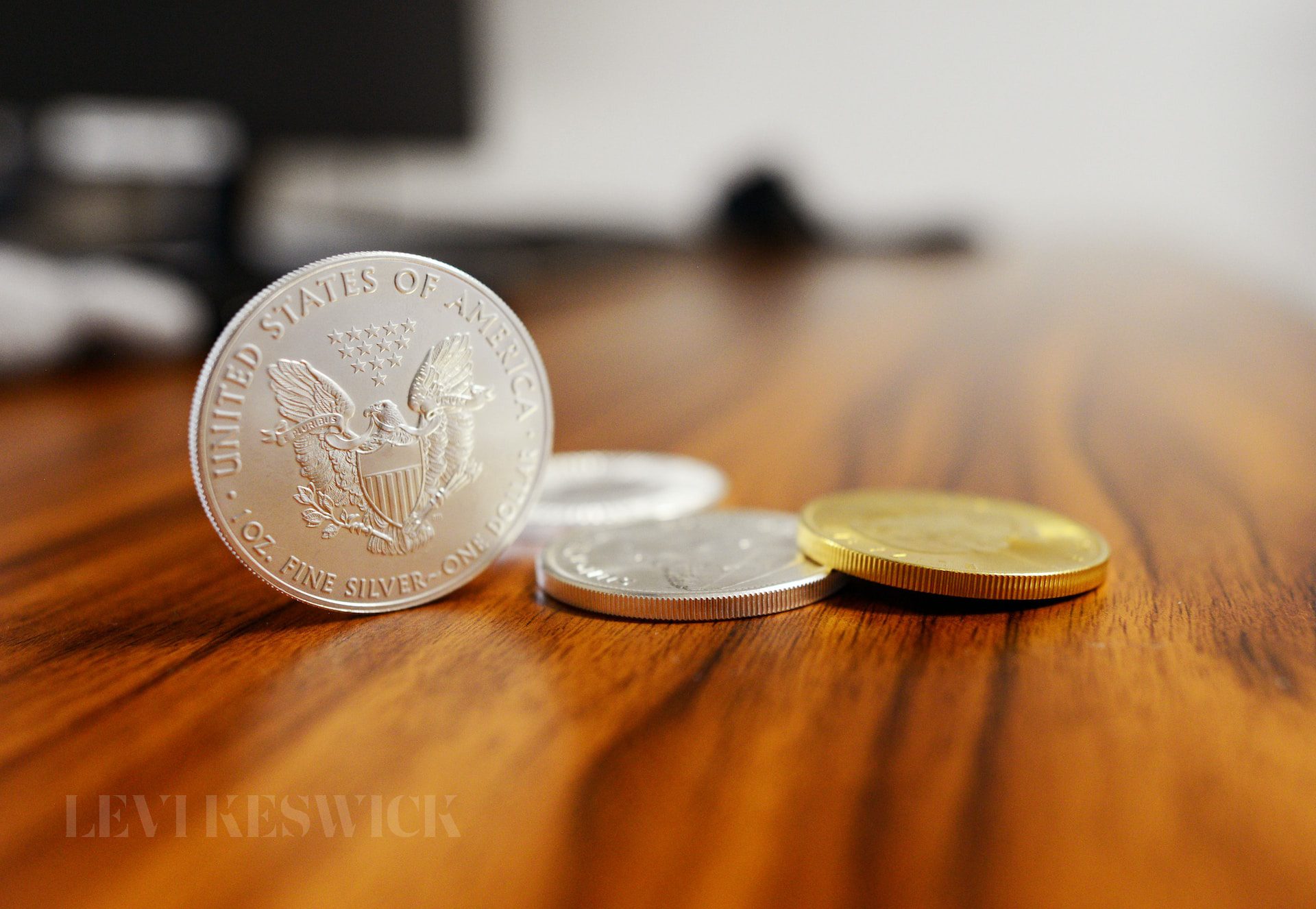Key Takeaways:
- The 1957 nickel holds potential value beyond its face value, with some coins worth hundreds or even thousands of dollars.
- Factors such as condition, mintmark, and unique features influence the value of a 1957 nickel.
- Varieties of the 1957 nickel include the No Mint mark Nickel, the D Nickel, and the Proof Nickel.
Introduction: Unveiling the Hidden Value of the 1957 Nickel
The humble 1957 nickel, a mere 5-cent coin, may not catch your attention at first glance. However, don’t be too quick to dismiss its worth. The 1957 nickel holds the potential to be a hidden gem, with some coins commanding significant value in the collector’s market. In this article, we will delve into the intricacies of the 1957 nickel, exploring its specifications, distinctive features, and the factors that contribute to its value. So, let’s embark on a journey of discovery and unlock the hidden value of the 1957 nickel.
1957 Nickel Specifications: A Closer Look at the Coin’s Composition
Before we dive into the value of the 1957 nickel, let’s examine its specifications to gain a better understanding of its composition and design. The 1957 nickel falls under the category of Jefferson Five Cents and was minted in both Denver and Philadelphia. With a mintage of 153,916,900, these coins circulated widely during their time.
Designed by Felix Schlag, both the obverse and reverse of the 1957 nickel showcase notable elements. The obverse features a left-facing portrait of Thomas Jefferson, the third President of the United States, with his hair tied in a low ponytail. The words “IN GOD WE TRUST” are etched around the left side edge of the coin, while “LIBERTY” and the date “1957” are inscribed around the right edge, separated by a star.
On the reverse side, Jefferson’s famous mansion, The Monticello, takes center stage. The design of the reverse went through some changes before production, with a shift from a three-quarters view to a head-on perspective. The word “MONTICELLO” appears at the foot of the mansion, followed by the denomination “FIVE CENT” and the words “UNITED STATES OF AMERICA” around the coin’s bottom edge.
Analyzing the 1957 Nickel Varieties: No Mint mark, D Nickel, and Proof Nickel
To understand the value of your 1957 nickel, it’s essential to consider its variety. Here, we will explore three notable varieties: the No Mint mark Nickel, the D Nickel, and the Proof Nickel.
No Mint mark Nickel: Exploring Availability and Value
The 1957 No Mint mark Nickel, minted in Philadelphia, holds the highest mintage of the three varieties, with an estimated 38,400,000 coins produced. Due to its availability and circulation, the value of this variety tends to be modest. In circulated condition, these nickels may only fetch a price slightly above their face value. However, if you possess a 1957 No Mint mark Nickel in mint state or uncirculated condition, its value increases. Mint state coins in higher grades can be particularly sought after by collectors, commanding prices of up to $480. It’s worth noting that finding 1957 nickels with a Full Steps feature, where the Monticello’s stairs are well-struck and visible, adds rarity and value to the coin.
D Nickel: Understanding Denver Mint’s Contribution
The 1957 D Nickel, minted in Denver, boasts a staggering mintage of 136,828,900 coins. Similar to the No Mint mark Nickel, finding a 1957 D Nickel in circulated condition may not yield a substantial return. The weak strike and signs of die erosion often observed in high-mintage coins impact their value. However, uncirculated 1957 D Nickels can still hold value, especially if they exhibit an attractive strike with no signs of wear or damage. Mint state 1957 D Nickels can be valued at up to $470, with Full Steps examples commanding even higher prices. For instance, a 1957 D Jefferson nickel graded MS66 Full Steps was sold for $4,600.
Proof Nickel: The Elegance of a Collector’s Delight
In addition to the regular circulation strike, the Philadelphia Mint produced Proof Nickels for collectors in 1957. With a total production of 1,247,952 coins, proof coins possess superior strikes and exhibit cameo or deep cameo frosted surfaces. Proof nickels often captivate collectors due to their pristine condition. While many examples of proof nickels from 1957 are still accessible, the rarity lies in finding cameo or deep cameo quality coins. Regular proof coins can range from $2 for a PF62 grade to up to $110 for the highest graded specimens. Notably, exceptional examples can surpass these prices significantly, with a PF69 proof nickel selling for $2,450 in 2019.
Unveiling the Rarity: Noteworthy 1957 Nickel Errors
Aside from the three main varieties, the 1957 nickel is also known for some intriguing mint errors. These errors often make certain coins distinct from the rest, adding uniqueness and value. Let’s explore a few notable 1957 nickel errors:
Quadrupled Die Obverse Error: Uncovering Subtle Differences
The quadrupled die obverse error occurs when the design punching hub slightly shifts during the minting process. As a result, multiple designs are imprinted on top of the original design. One example of a 1957 nickel with a quadrupled die obverse error sold for $330 in 2013. The subtle quadrupling can be observed in the word “LIBERTY” and the date “1957,” although a coin loupe may be necessary to discern the quadrupling.
Doubled Die Error: The Common Yet Intriguing Error
A doubled die error, a more common occurrence, presents an opportunity for collectors to acquire unique 1957 nickels. This error arises when two slightly different designs are transferred to the die and subsequently imprinted on the coin. The doubling can be observed around Jefferson’s eye on the obverse and the inscription “MONTICELLO” and “5 CENT” on the reverse. A 1957 nickel with a doubled die error can generally be valued between $20 and $50.
Struck on a One-Cent Planchet Error: Unintended Coin Blending
Rarely, a coin can be struck on the wrong planchet, resulting in a distinct error. In the case of the 1957 nickel, some were struck on one-cent planchets, resulting in a smaller diameter and a cut-off motto. The off-metal nickel error, with a weight of 3.32g instead of the standard 5g, creates a unique piece that may hold added value for collectors.
Conclusion: Discover the Hidden Gems of Your 1957 Nickel
In conclusion, the 1957 nickel holds more value than meets the eye. While some may dismiss it as a common 5-cent coin, understanding its specifications, varieties, and unique features unlocks its hidden potential. Factors such as condition, mintmark, and distinct errors play a significant role in determining the value of your 1957 nickel. So, before discarding or overlooking these seemingly ordinary coins, take a closer look and discover the hidden gems that may be hiding in your collection. Remember, even the most unassuming coin can hold a treasure trove of value and history.








